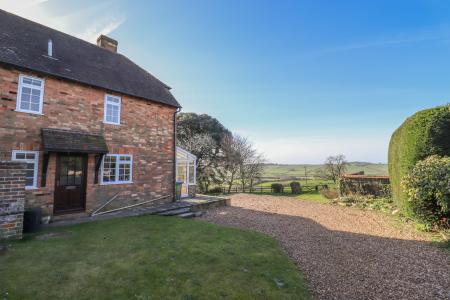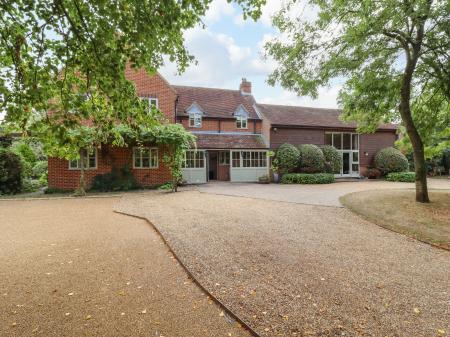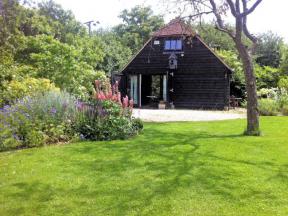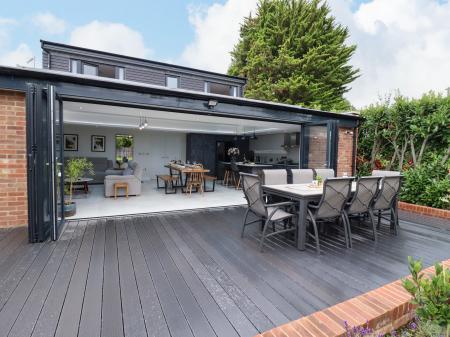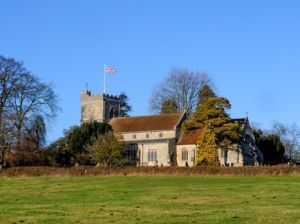
It seems possible that the Order of Knights Hospitaller were responsible for the 1340 rebuilding of Quainton church, on the site of an earlier church with roots in the Saxon period. The Hospitallers are also credited with building the preaching cross that stands on the village green. The Order maintained a commandery at nearby Hogshaw.
Shortly after the church was rebuilt, Thomas and Isabel de Missenden bought back the manor and obtained a license to establish a college of priests at Quainton, with the intention of appropriating the church for the college. They extended the chancel and added a vestry, but for some reason, the college of priests was never established.
The main feature of interest at Quainton is the large number of historic monuments that crowd the interior. Among these are numerous very fine memorials of the Dormer and Pigott families, as well as a lovely monument to Dr Richard Brett, one of the scholars responsible for translating the King James Bible. Dr Brett served as rector of Quainton for 42 years before his death in 1637.
There are several memorial brasses, the earliest of which is to an unnamed girl (died c. 1360). There are further brasses to a priest (d. 1422), and a local man (d. 1510).
What is most interesting about these three brasses is that the inscriptions change from Norman French (14th-century brass) to Latin (15th-century brass), and finally to English (16th-century brass). There, in a nutshell, we see the changing face of English social history over the course of only 150 years.
In the north aisle is a monument to Richard Winwood (c. 1689), who founded a row of almshouses in the village that still stand today. Winwood's effigy is shown reclining and dressed in armour.
 We've 'tagged' this attraction information to help you find related historic attractions and learn more about major time periods mentioned.
We've 'tagged' this attraction information to help you find related historic attractions and learn more about major time periods mentioned.